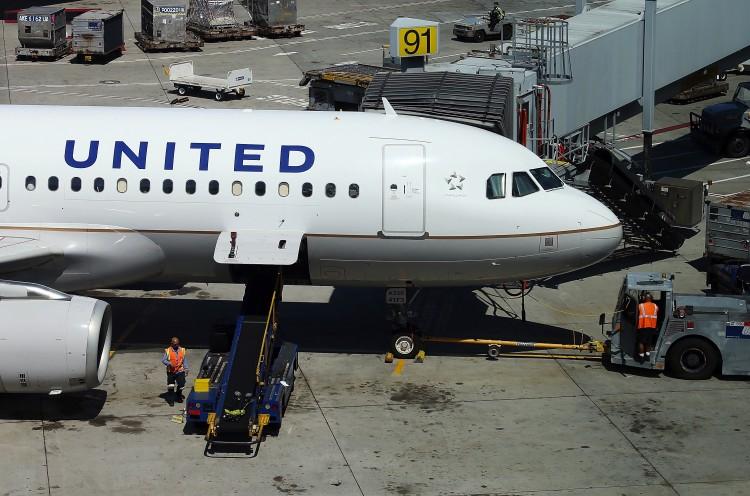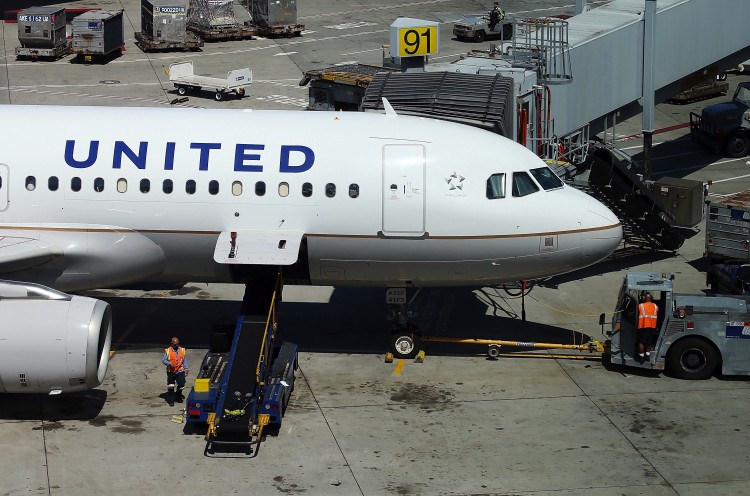WASHINGTON—Cuts to federal agencies as a result of sequestration, the automatic budget cuts destined to take place next January, will manifest in unpredictable and sometimes devastating ways said analysts.
“The thing that is disconcerting about all of this, is the opportunity for unpleasant surprises is enormous,” said Scott Lilly, Senior Fellow at the Center for American Progress (CAP). “There are going to be things that … most people had never heard of, didn’t know about, and suddenly found out their life is pretty reliant on that little activity that can no longer function very well.”
While much attention has been focused on the $600 billion cuts to defense over the next 10 years, little attention has been given to nondefense spending, the other half of the cuts that make up the overall $1.2 trillion reduction in federal spending as a result of sequestration.
Those cuts will manifest across federal agencies in broad and unexpected ways.
“Nondefense involves literally several thousands of programs, projects, and activities, which are the terms sequestration relies on,” said Lilly, also a former staff director of the House Appropriations Committee.
Lilly has produced a number of research papers on how sequestration will impact federal agencies. He found that those agencies high on personnel will be forced to retire staff and accordingly, impact the public most. Cuts to the Federal Aviation Administration, for example, will likely force a rationing of air traffic controllers, and without them, a number of regional airports will be unable to operate.
Sequestration Current Law
Sequestration was passed into law last year under the Budget Control Act, a result of Congress’s failure to reach an agreement on how to reduce the U.S. budget deficit.
The concept was considered so horrific in application, with cuts to defense the major concern for Republicans and cuts to social programs for Democrats, that it would force members of Congress to resolve their differences.






